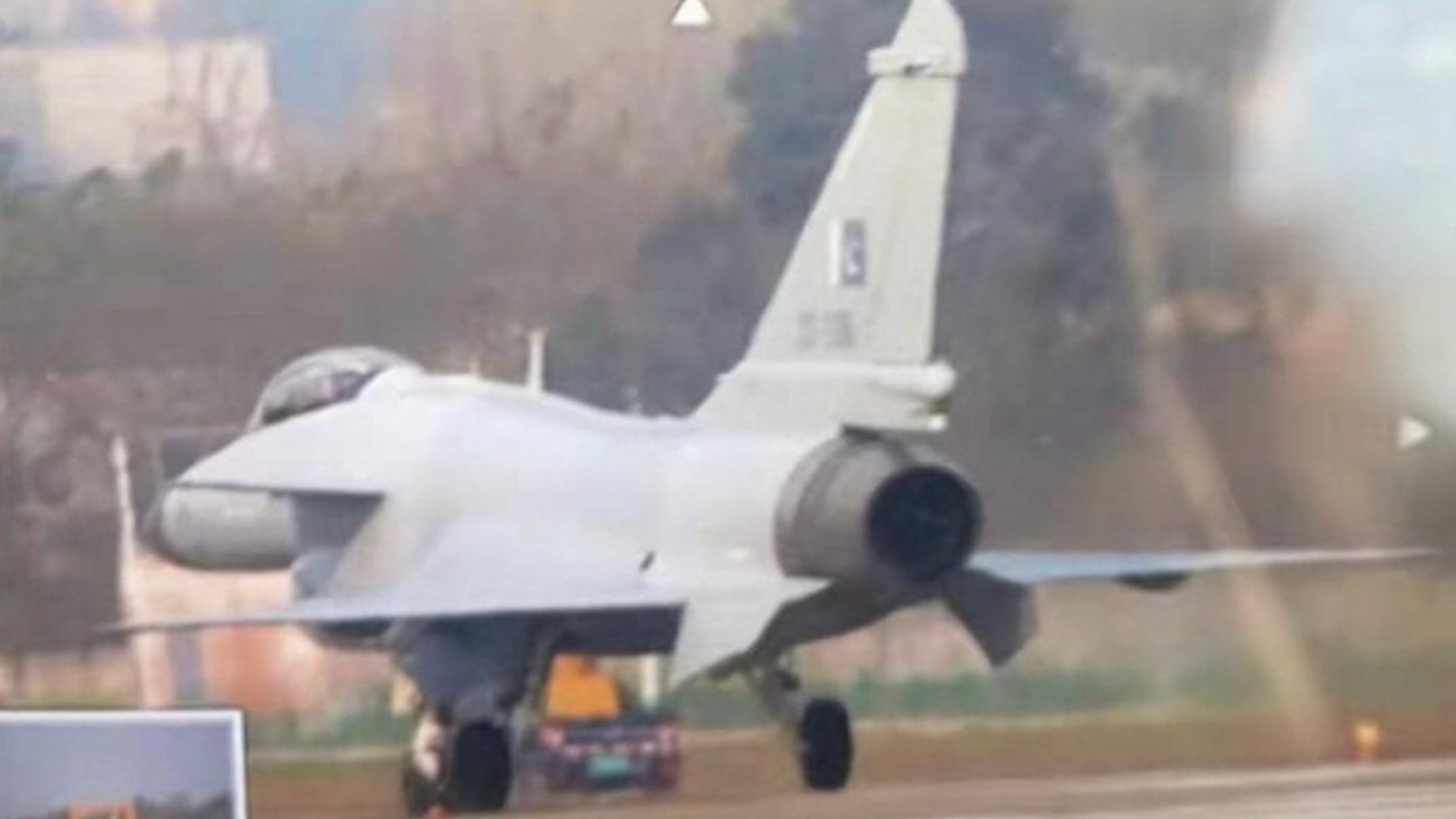After years of speculation and countless online rumors, the first Chinese-made J-10 multi-role fighter jets for the Pakistan Air Force (PAF) have appeared in China. Once delivered to the PAF, the single-engine J-10 medium-weight fighter will help modernize that service and further deepen the military relationship between Pakistan and China. Furthermore, it’s a major milestone as the first export sale of the J-10.
Unofficial photos of at least one J-10 in the markings of the PAF began to circulate on social media today. The images were apparently taken at an undisclosed airbase in China, presumed to be the factory facility of the Chengdu Aircraft Corporation, or CAC, in Chengdu, Sichuan province. Photos show a jet with typical two-tone PAF camouflage on the ground at the facility, plus an aircraft, which may be the same one, undergoing a test flight. Supposed close-ups additionally show the serial numbers 22-102 and 22-106, indicating at least two aircraft are under test.
A rear view of the aircraft seems to confirm that it’s powered by a Chinese-made WS-10B Taihang engine, rather than a Russian AL-31F as used in the J-10A and J-10B versions of the jet. That would imply that Pakistan is buying the latest J-10C version, or more likely an export derivative, which would, in turn, expedite the sale since it would not require approval from Moscow for the transfer of engines and related parts. Previous reports have suggested this export-configured aircraft might be designated J-10CE, a name used by the manufacturer, or perhaps even FC-20.
While Pakistan has long been earmarked as a likely customer for the J-10, the closest thing to an official announcement came only last December 29. During an address to the media, Pakistani Interior Minister Sheikh Rasheed Ahmed stated that the PAF was due to induct what he described as “JS-10” fighters and that these jets would participate in a flypast during the Republic Day parade that takes place on March 23.

Sheikh Rasheed Ahmed also mentioned 25 of the jets would take part, which seems highly unlikely given the timescale. This number might be the scope of the initial order, although other reports put that at 36.
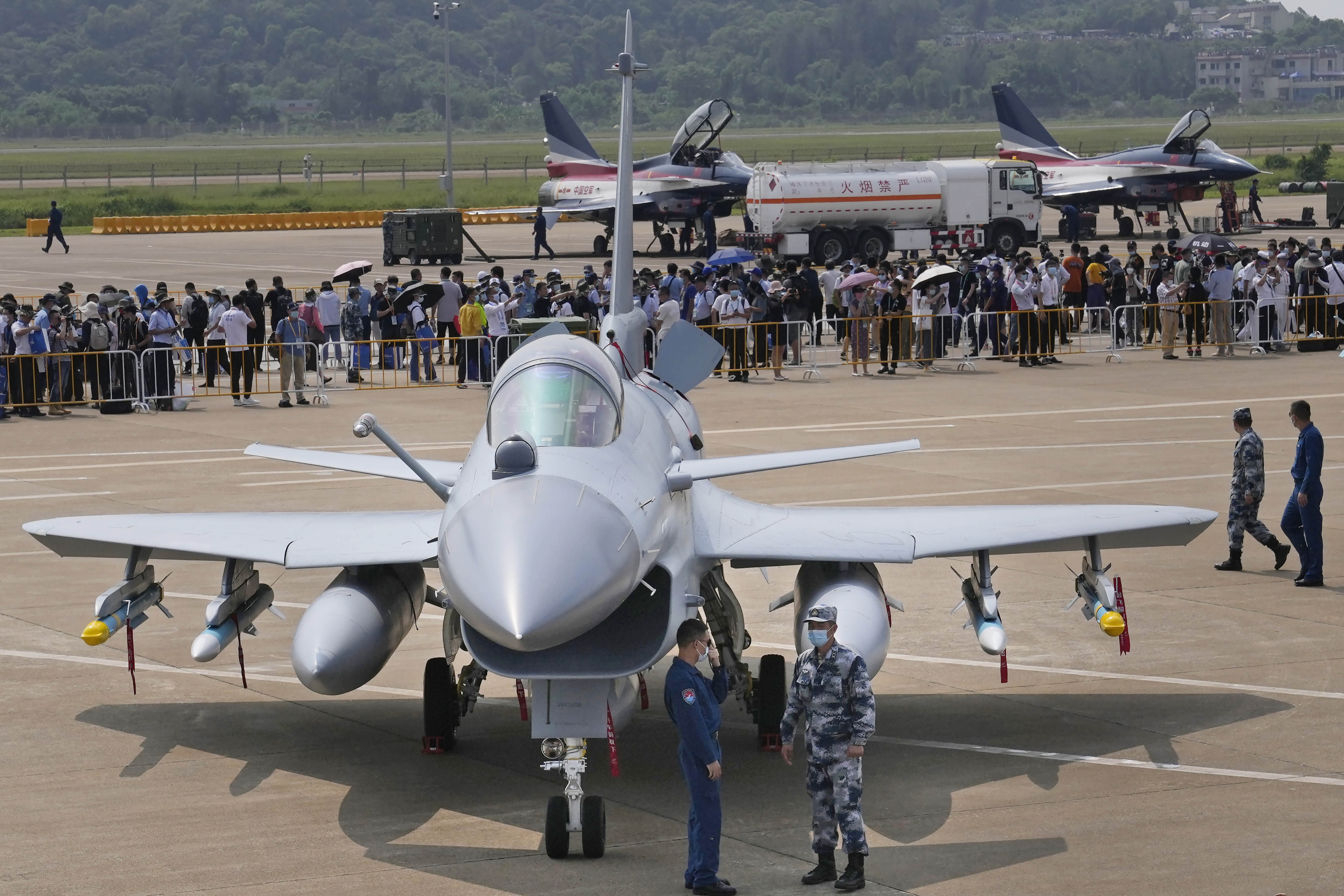
Beginning early last year, unofficial photos of the Chengdu factory airfield showed multiple rows of J-10s awaiting delivery, leading to some speculation that these might be intended for Pakistan. It’s also possible that the jets were intended for China but were still awaiting their WS-10B engines, which required a long period of testing before being declared suitable for operational service. Long-term Chinese aerospace observer Andreas Rupprecht told The War Zone he expects the PAF aircraft belong to a separate, new batch.
So far, however, there has been no further announcement on the Pakistani order from officials in this country or in China. On the other hand, it’s far from unusual for new Chinese military aerospace developments to become known first through the efforts of photographers taking unofficial imagery of aircraft at factory airfields, which is gradually leaked in the public domain. Indeed, the closely cropped photos showing the PAF serial numbers 22-102 and 22-106 must be parts of larger and more detailed images that are yet to be revealed.
Despite the almost total lack of official confirmation of Pakistan’s J-10 order, it seems clear that the country’s interest in the fighter dates back many years. China and Pakistan collaborated on the JF-17 Thunder fighter which has been produced by the Pakistan Aeronautical Complex with assistance from CAC in successively more capable iterations, up to the latest Block III version that features a new active electronically scanned array (AESA) radar, a helmet-mounted display, as well as the beyond-visual-range (BVR) missile capability also found in earlier versions.

While production and deliveries of the JF-17 continue, Pakistani pilots have also gained exposure to the J-10 in the course of several joint Sino-Pakistani exercises, the Shaheen series.

Compared to the JF-17, however, the J-10C is considerably more advanced in terms of aerodynamics and avionics and is a significantly bigger jet with a larger payload. It is also more capable across almost the entire performance envelope.
Notable features of the J-10C in Chinese service include an infrared search and track and laser rangefinder dome in front of the cockpit and a glass cockpit with a wide-angle holographic head-up display. The characteristic fixed diverterless supersonic intake introduced on the J-10B is retained, while the radome accommodates a new AESA radar. The radar is used in conjunction with the same active-radar-guided PL-15 air-to-air missiles as already acquired for the PAF’s latest JF-17 Block III jets. These potent missiles feature a dual-pulse motor that gives them an impressive range, prompting the U.S., among others, to start the development of new air-to-air weapons designed to outrange them.
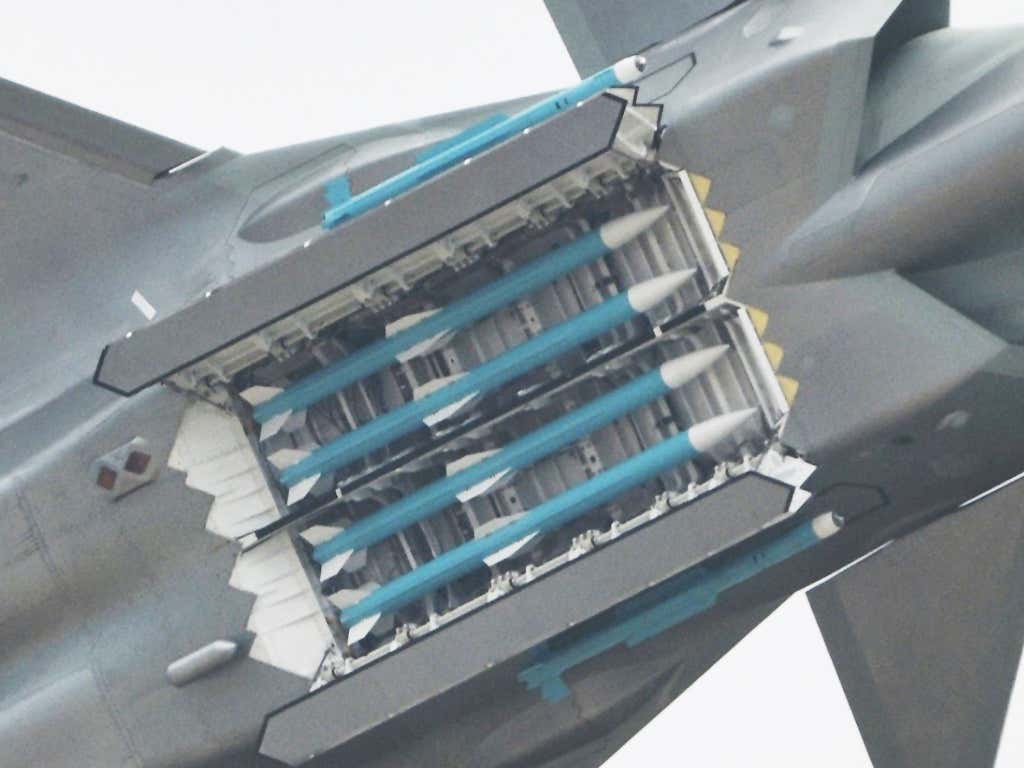
Overall, the J-10C represents an upgrade over the JF-17 as well as being a far more modern proposition compared to some of the PAF’s other fighter equipment, which includes ancient Mirage IIIs and Mirage 5s, some of which date from the 1960s.
The PAF’s other major fighter jet is the F-16, acquired from the United States in several batches beginning in the 1980s, although deliveries were interrupted by an arms embargo in response to Pakistan’s nuclear weapons program. Since then, advanced F-16C/D Block 52 jets have been delivered, but meanwhile, Pakistan, and the PAF, have established increasingly close military ties with China.
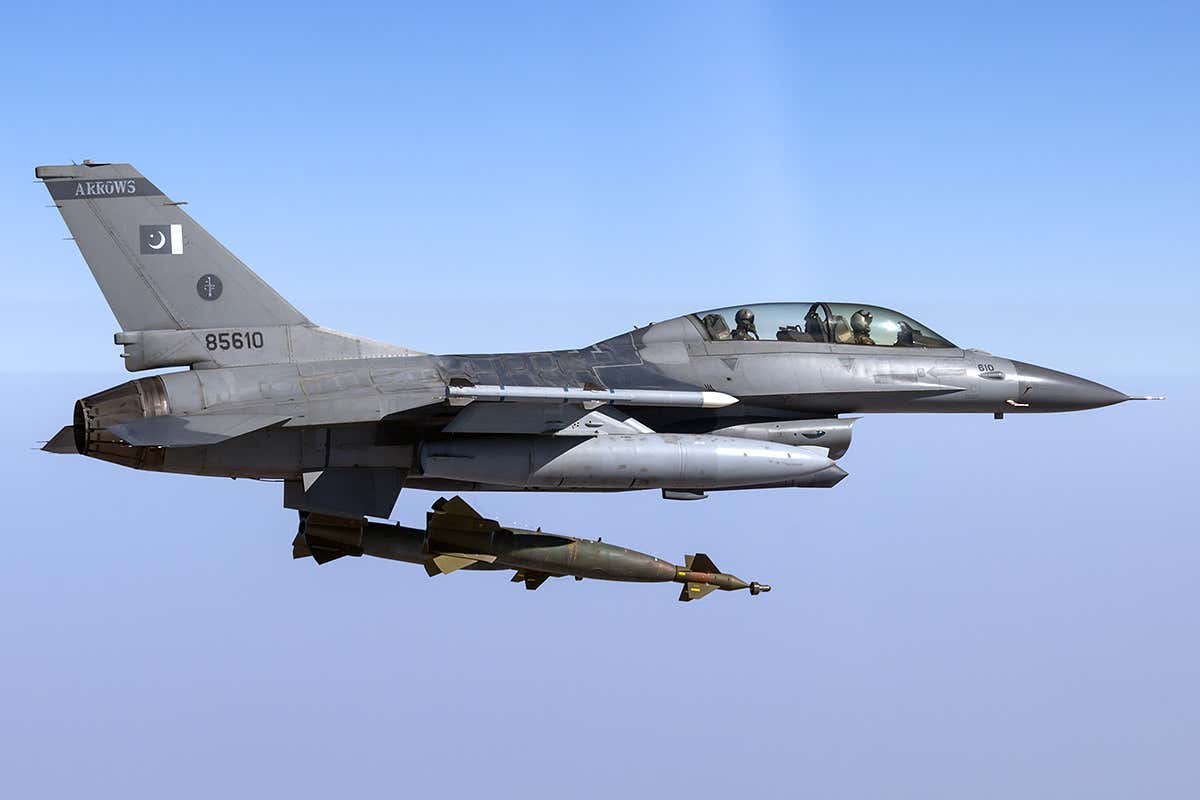
At the same time, Pakistan’s worsening relationship with the United States means that further F-16 sales have become less likely. Even though the U.S. State Department approved a possible Foreign Military Sale to Pakistan of eight F-16C/D Block 52 jets in 2016, there has been considerable political opposition to selling these jets to Pakistan from members of Congress over the years for various reasons. Most significant are the allegations that Pakistan’s state security apparatus has been complicit in various terrorist activities and has perhaps even supported them outright.
As for the F-16s that have already been delivered to the PAF, these continue to come under heavy U.S. export controls, which are thought to include American inspections of the jets at Washington’s request. There are reports that the export agreement also limits the functionality of certain key systems on the jets, meaning the PAF is unable to service major components independently. There have also been rumors of tracking devices or additional systems that would allow American authorities to remotely disable the aircraft or certain systems, if necessary. Regardless, without contractor support, the F-16s would quickly fall into an inoperable state.
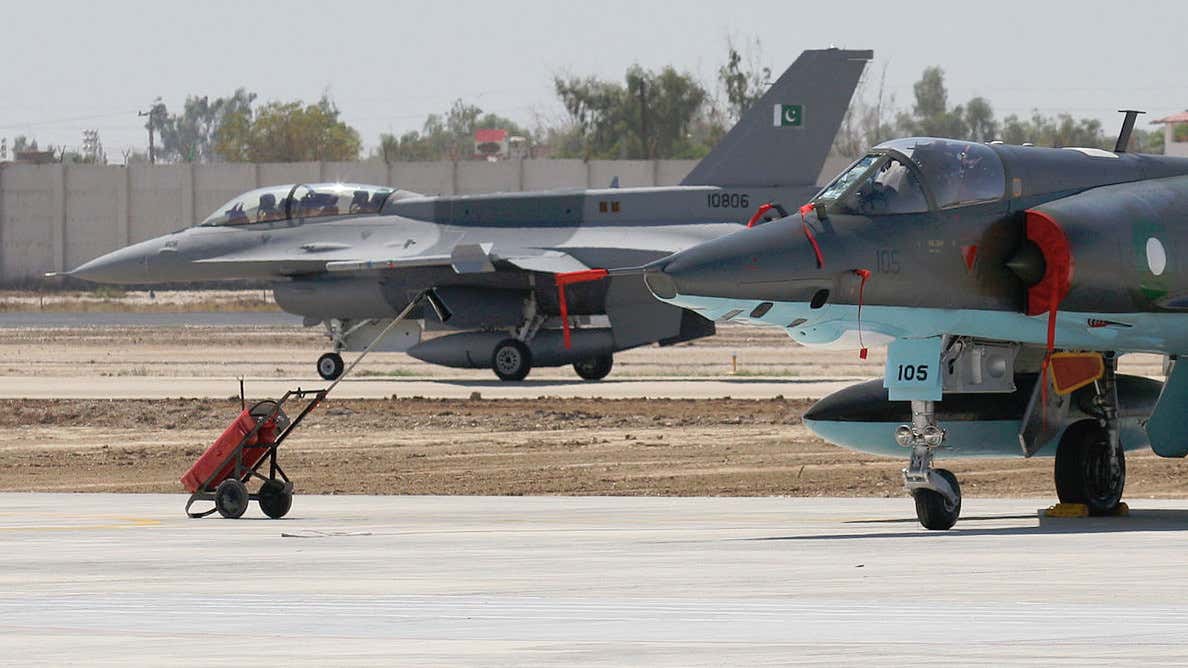
With that in mind, acquisition of the J-10 makes considerable political sense, even if it exposes the PAF to the additional costs and infrastructure burden of adding another new fighter type to the inventory.
It’s conceivable that the close military and political ties between Beijing and Islamabad could even see the PAF J-10s made capable of delivering airborne nuclear weapons. This is a role currently fulfilled by the service’s veteran Mirages, carrying the Ra’ad air-launched cruise missile, but these aircraft are long overdue replacements. The J-10 could potentially provide an alternative nuclear delivery platform.
As well as modernizing the PAF, the J-10 purchase must also be seen in the light of developments within Pakistan’s major regional rival, India. After a protracted procurement program, the Indian Air Force should very soon receive the last of the 36 Dassault Rafales that it has ordered from France and may well order more. On top of that, India also has other active programs that seek to field more new multi-role fighters, including a requirement for 114 jets.
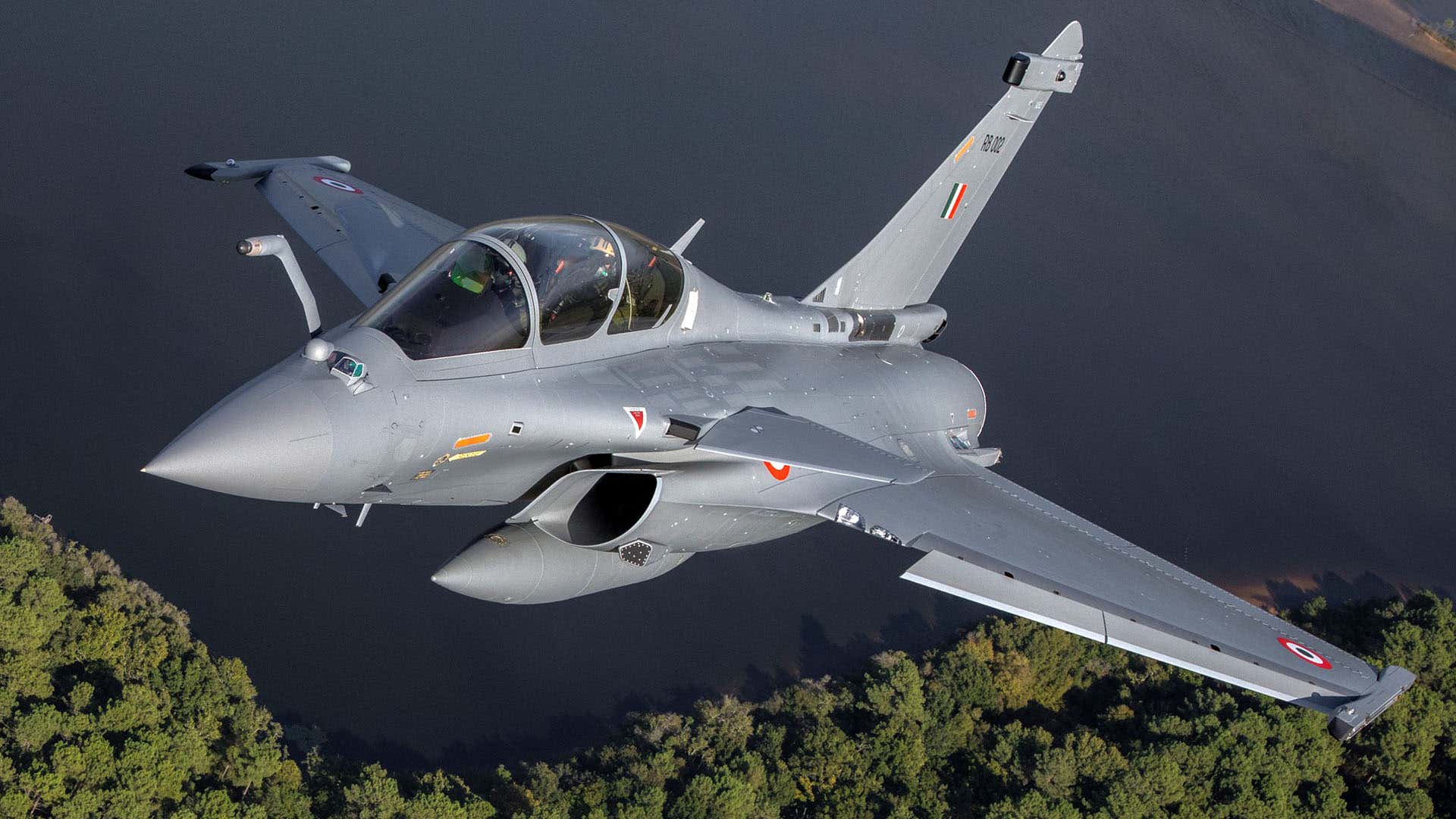
The Rafale offers certain advantages over the J-10, including highly advanced avionics, electronic warfare systems, and a potentially wider range of weapons, among them ramjet-powered Meteor BVR missiles, as well as superior all-round performance. Nevertheless, the Chinese fighter signals that the PAF is at least keeping pace with wider air combat developments by acquiring a similar ‘4.5 generation’ fighter. Furthermore, its combination of advanced sensors, including AESA, plus PL-15 missiles, would likely give it an edge over most of the IAF’s other fighter types in many situations.
The fact that the first official suggestion of a Pakistani J-10 order came from the interior minister, rather than an official from the air force of the ministry of defense, would also seem to suggest that the deal, to a degree at least, has been driven by political factors, including countering India’s high-profile Rafale buy.
Just as important is the impact the Pakistani deal could have on the J-10 itself. So far, the fighter has failed to make an impression on an increasingly crowded marketplace for multi-role fighters. With the PAF buying the jet, this could well encourage further export customers to come forward.
Update, 1.30 pm, CET: According to the latest, still unconfirmed information, the first J-10s for the Pakistan Air Force have begun to arrive in Pakistan as of today. Reports on social media, including from reliable observers of Chinese aerospace developments, indicate that the first two J-10s touched down at an undisclosed airbase in Pakistan, after a ferry flight from China. In the meantime, better-quality images of the aircraft have also begun to emerge, showing the jets together with the previously identified serial numbers, although it seems likely these were taken while still in Chengdu.
Contact the author: thomas@thedrive.com
